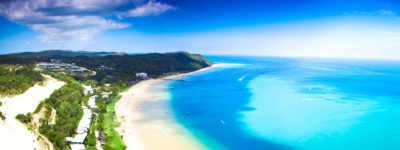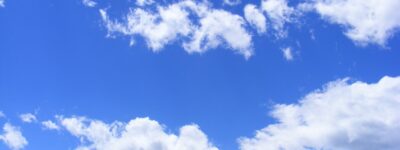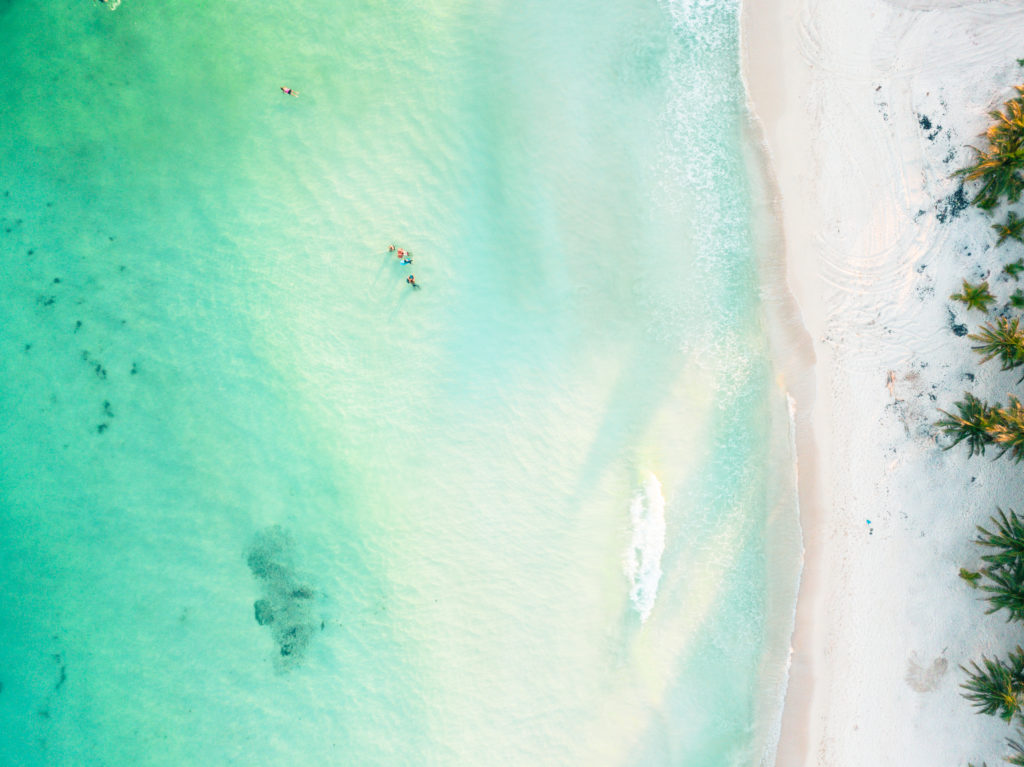By Alex Verbeek, Planet + Culture Director
| ▷ LISTEN Those who have followed my writing for a few years will find several recurring themes. My worries about climate change and the loss of nature may be the first ones that come to mind, and my love for nature in all its beauty and diversity is another prominent theme.I wish I could stick to those two. Even better would be to pick only one of these or find a niche within the niche, like climate change impacts in the Arctic region. Or maybe I should only focus on the extinction risks of koalas. Such an approach would make my writing and other activities perhaps a bit more accessible. Readers would know what to expect when they see my name listed. How Do I conjure up my Ideas? Unfortunately, that is not how my mind works. I never knew what to study since so many studies interested me. If I had to choose again, I would still find it very hard to pick one subject; the history of art, medicine, anthropology, AI, international law, or cartography have nothing else in common than my preference to study them all. And that was just a short list.So what I share on social media and what I talk or write about reflects my inability to choose just one subject. Vincent van Gogh was central in my last tweet. Still, I could just as well have shared lyrics of the ’60s and ’70s songs, obscure science facts, a hiking story, hardly known histories, cycling, renewable energy, or photos of the dunes on my island.And that is an easy theme to find back in my writing: I love the dunes and other natural areas of this island. Returning to Nature So I always return to the forests, dunes, wetlands, and beaches of Schouwen-Duiveland in the southwestern Dutch province of Zeeland. This afternoon I was in the dunes again. There was nobody out there; the tourists were gone. Even in summer, they hardly venture into these dunes; tourists prefer the vast beaches of the island or the cafes in the villages. I arrived when the sky was still bright blue, but soon the sun started to set. In the summer, that is a magical moment to be here to enjoy that season’s abundance of color, insects, and wildlife. But now, it was quiet in every direction I walked. I heard ponies in the distance but didn’t see any, and I noticed a few birds that I didn’t recognize. In spring and summer, these dunes are a must-see for birdwatchers. Each type of bird has a suitable habitat thanks to the landscape’s enormous diversity and the nearby wetlands. From the old inner dunes to the sea, you can stroll through a terrain that includes dry valleys, open fields, dense thickets, and, closer to the sea, mixed woods and drifting dunes. Many birds raise their young here in the summer. But now it is winter and much quieter; most birds that breed have moved on to warmer climates, although we also gain some birds from much further to the north.And these different experiences are one of the reasons why I never get bored exploring this landscape. These dunes are always beautiful, and the changes in the season, the time of day, and the weather create an ever-changing palette of colors that never ceases to amaze me. For many, this landscape is a far cry from the green of springtime with its blossoming flowers and thus less attractive now, but I love this different world of a frozen brownish and grey landscape during a winter heatwave. This absurdly hot and dry summer dried up most of the dune lakes. But now the lakes have filled up again after the recent rainfall, bringing back a set of natural mirrors reflecting the drifting clouds of a sunset-colored sky. I photographed a few while bending my knees to be close to the water’s surface. Knowing I would share them with you later.If you got this far, please read this too: I write this newsletter because I believe that together we can do better on this beautiful but fragile planet.Please consider supporting this initiative by taking a paid subscription. Leave a comment Give a gift subscription Here you can buy me a coffee |





